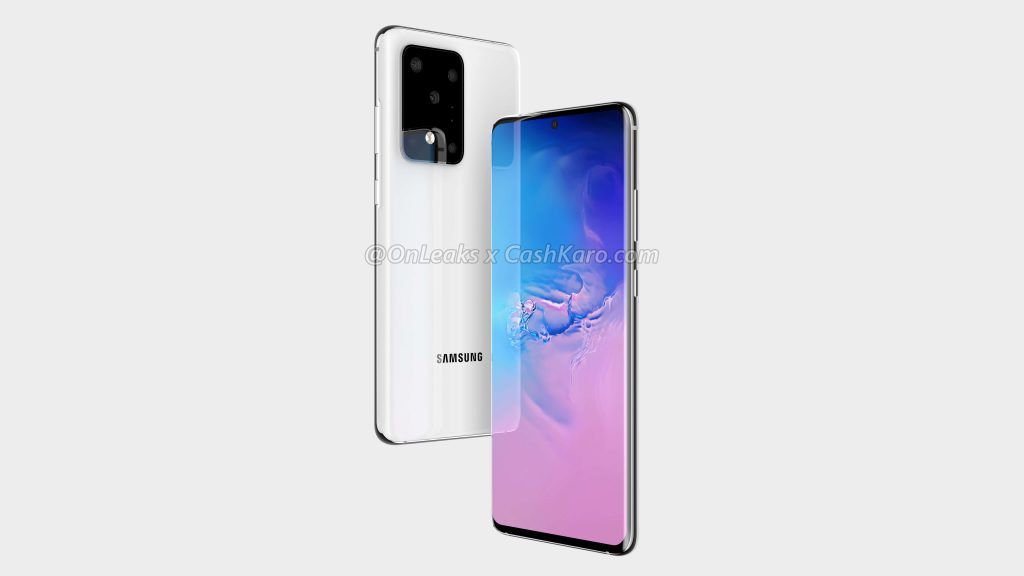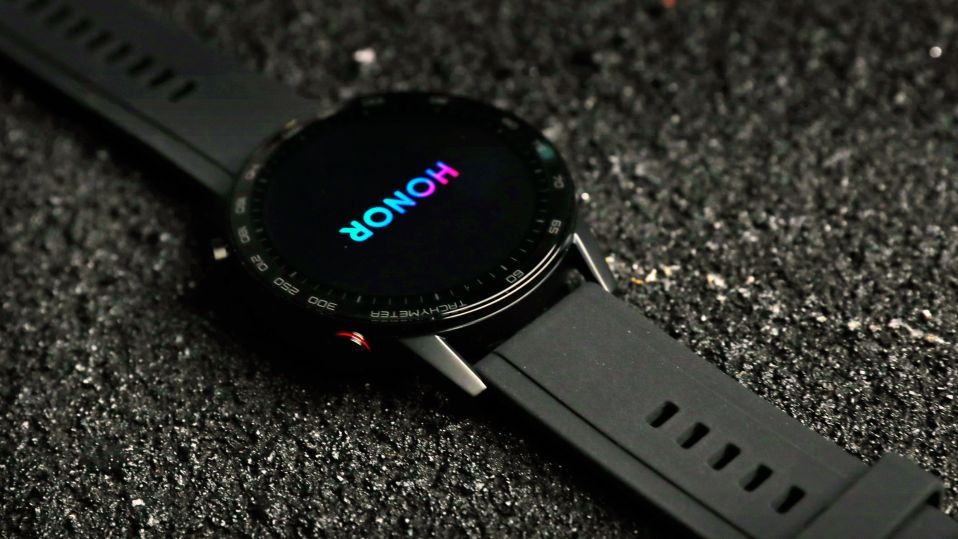It’s hard to imagine using our phones nowadays without Google Play. It is, in a way, the core of our Android experience: it’s where you download new apps and new games to your device, where you process most in-app payments, and where you discover new additions to your app collection. We use it more than we realize, and more than what we would like to admit. But one thing that has become true and undeniable is that not everything is free in Google Play. In fact, something rarely is completely free—most apps and games now have some sort of in-app purchase, ad system, or simply an upfront payment. But what if there was some sort of subscription that allowed you to access these apps for free? Google has now announced Google Play Pass, a monthly subscription for Google Play that allows you to do exactly this.
Google Play Pass is a paid subscription service for Google Play, as was hinted in a previous APK teardown. Play Pass allows for access to around 350 apps and games completely for free, removing ads as well as upfront or in-app purchases.
Games like Risk, Stardew Valley, Terraria, Monument Valley, Risk, Facetune, Star Wars: Knights of the Old Republic, LIMBO, Lichtspeer, Mini Metro, Old Man’s Journey are set to be available through Play Pass, as well as apps like AccuWeather. You’ll be able to check out apps available through this subscription model through a dedicated Play Pass tab in the Google Play Store. Additionally, apps and games available through Play Pass will be identified with a Play Pass “ticket”, and will be completely unlocked for you to download and check out. More options will be added to the section every month, with titles like This War of Mine and Cytus coming soon as well.

Play Pass is coming to the U.S. this week at a price of $4.99/month price, with availability extending to more countries soon. You’ll also be able to get a 10-day free trial to see whether it’s worth it for you or not. For a limited time, you’ll be able to get Play Pass for $1.99 a month for 12 months, after which you’ll start paying the normal $4.99 subscription. Family managers can share their Play Pass subscription with up to five other family members, and each family member can access Play Pass individually, so experiences within the family will remain unaffected by what others have downloaded.
Google Play Pass can be signed up for using any of the accepted payment methods for subscriptions on Google Play, including your Play credits. For users who have signed up for Google Play Pass and consequently lapse on their subscription, they will have a short grace period where they will still have access to the content before it converts the access back to “normal”—meaning ads will no longer be removed and in-app purchases will no longer be automatically unlocked.
For developers, Google Play Pass is rolling out on an invitation-only basis.
Update: 37 New Apps
More games and apps, more fun!
Check out the new additions to Google Play Pass since launch: https://t.co/eBkh89REen #PlayPass
Cytus II by @CytusRayark
Sally’s Law by @NanaliStudios
Traffix by Infinity GamesTo name a few, plus many more. pic.twitter.com/T0IkNLpUz3
— Google Play (@GooglePlay) November 25, 2019
Google continues to expand the number of apps and games in its Play Pass Subscription service. This week, Google has added 32 new titles to the services. Some of the bigger names include Cytus II, Sally’s Law, Traffix, Podcast Republic, Cut the Rope, and Dairo. The full list of new games can be found here.
The post [Update: 37 New Apps] Google Play Pass is a monthly subscription for apps and games that costs $4.99/mo appeared first on xda-developers.
from xda-developers https://ift.tt/2kTxJzS
via IFTTT


































